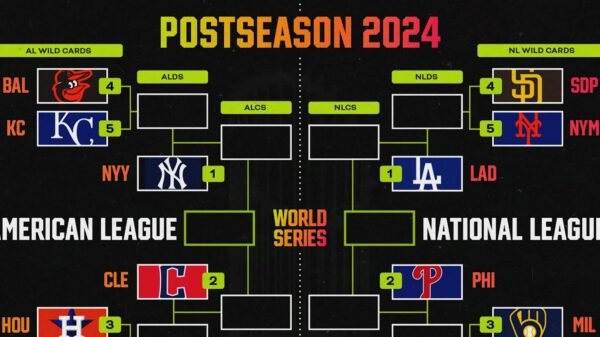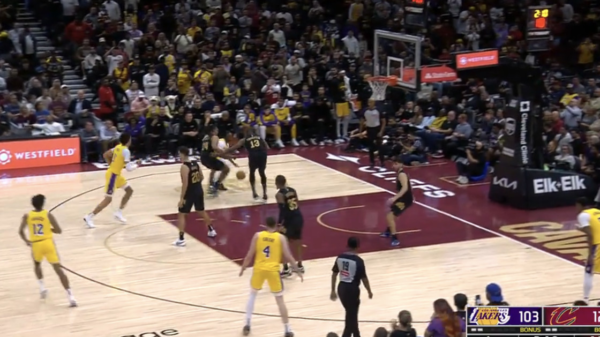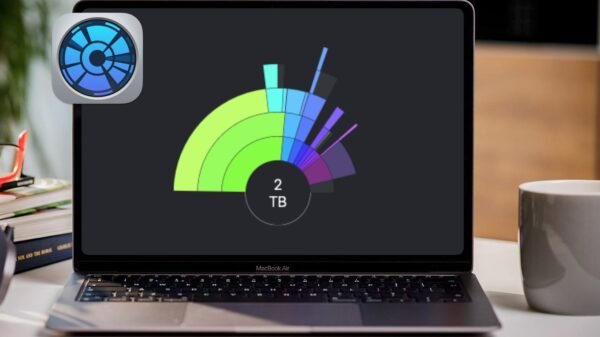The Federal Reserve is ready to chop its benchmark rate of interest for the second consecutive month on Thursday in an effort to additional ease inflationary pressures which have involved American shoppers and performed a task in shaping the current U.S. election outcomes.
The transfer comes whereas inflation, which surged to file highs throughout the pandemic restoration, has proven indicators of slowing.
Nonetheless, President-elect Donald Trump‘s proposals have raised issues about potential inflationary pressures, complicating the central bank’s decision-making course of.
Trump’s financial agenda consists of widespread tariffs, larger taxes on imports, and large-scale deportations. It’s seen by many analysts whereas doubtlessly inflationary, which may undermine the Fed’s progress in taming inflation.
Ben Curtis/AP, file
Can Trump Affect Fed Choices?
The central financial institution has lengthy defended its autonomy, stressing that choices on rates of interest ought to be pushed by financial knowledge, not political strain.
Nonetheless, President Donald Trump has made it clear that he believes the Fed ought to take his financial insurance policies into consideration.
Throughout his first time period, Trump continuously criticized Fed Chairman Jerome Powell, specifically when the central financial institution raised rates of interest in an effort to curb inflation.
Trump’s vocal discontent raises the specter of political interference in financial coverage, a priority that might proceed to form the Fed’s actions within the coming years.
Whereas development stays strong, with the financial system increasing at a charge slightly below three % over the past six months, different indicators are extra regarding.
Job development has proven indicators of slowing, and regardless of sturdy client spending—particularly from higher-income households—there are issues that the financial system is nearing a turning level.
Jose Luis Magana/AP, file
Why Will Curiosity Charges Go Down?
Fed officers, together with Powell, indicated that the newest charge cuts are designed to help the labor market, but there’s rising uncertainty about whether or not such strikes will proceed to yield outcomes if inflation pressures mount once more.
With borrowing prices rising on all the things from mortgages to automobile loans, some analysts worry that the Fed’s efforts to cut back rates of interest could not have the specified have an effect on on client conduct if longer-term borrowing prices stay elevated.
For the reason that Fed’s September charge reduce, Treasury yields have surged, reflecting investor expectations of stronger financial development, rising inflation, and doubtlessly bigger federal price range deficits beneath President Donald Trump.
This phenomenon—referred to on Wall Avenue because the “Trump commerce”—has led to larger borrowing prices, which in flip has dampened the supposed impact of the Fed’s charge reductions.
What Occurs if Inflation Rises Once more?
Trump’s proposed trade policies, together with a ten % tariff on all imports and extra taxes on Chinese language and Mexican items, may reignite inflation.
Economists estimate that such measures may push inflation again as much as 2.75 % and even 3 % by mid-2026, in response to Goldman Sachs.
This might symbolize a major shift, as inflation has been comparatively secure at 2.1 % in current months, primarily based on the Fed’s most well-liked gauge.
Such a rise would seemingly alter the Fed’s path, making it much less seemingly that the central financial institution will proceed with its rate-cutting cycle.
Markets are more and more pricing out the potential for additional charge cuts in 2025. As of Wednesday, futures costs recommend solely a 28 % probability of a charge reduce in January 2025, a pointy decline from almost 70 % a month in the past.
The Fed’s dilemma is now a balancing act: whereas the financial system reveals indicators of resilience, together with sturdy client spending, there are rising issues that further charge cuts may overstimulate the financial system, reignite inflation, and doubtlessly undercut the central financial institution’s personal coverage goals.
If inflation begins to rise once more, the Fed could face rising strain to halt or reverse its charge cuts. For now, the central financial institution will seemingly proceed with its Thursday charge reduce, however how a lot additional it is going to go in lowering borrowing prices in 2025 stays unsure.
This text accommodates further reporting from The Related Press
























































